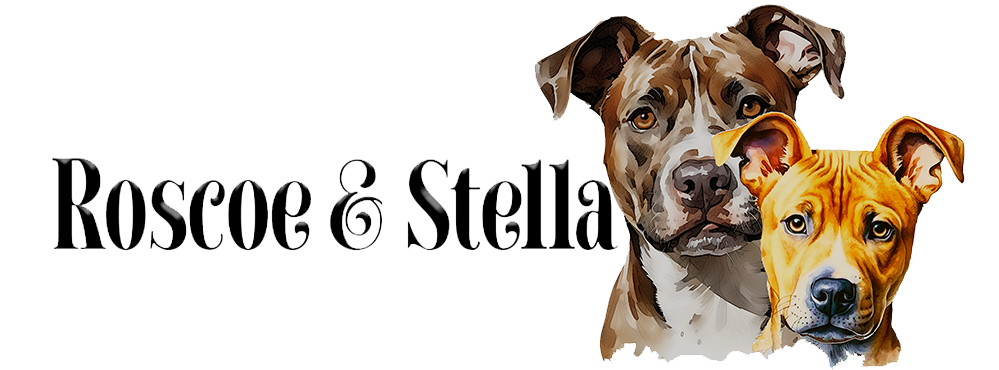Ingrown Dog Whiskers: What You Need to Know
By roscoenstella / June 21, 2025 / No Comments / Dog Blog
Ingrown whiskers in dogs may not be the first thing a pet owner thinks about when it comes to grooming or skin issues, but they can happen—and they can cause discomfort if left untreated. Understanding how they develop, what signs to watch for, and when it’s time to call the vet can help you keep your dog comfortable and healthy.
Let’s break down everything you need to know about this surprisingly common yet often overlooked issue.
What Are Ingrown Dog Whiskers?
Dog whiskers, also called vibrissae, are more than just long hairs. They’re deeply embedded in follicles rich with nerve endings and blood vessels, making them sensitive to touch and movement. Whiskers help dogs sense their surroundings and respond to nearby changes—kind of like an extra set of eyes, especially in the dark.
An ingrown whisker occurs when a whisker starts growing inward into the skin instead of breaking through the surface. Just like with human ingrown hairs, this can lead to irritation, swelling, and sometimes infection.
What Causes a Dog’s Whisker to Become Ingrown?
There are several reasons why a whisker might become ingrown:
Poor grooming or trimming – Accidentally trimming whiskers too short or plucking them can damage the follicle, causing the whisker to grow in the wrong direction.
Friction and rubbing – Constant rubbing (like from a collar, muzzle, or scratching) around the muzzle can irritate whisker follicles and lead to improper growth.
Blocked follicles – Dirt, oil, or bacteria can clog a follicle, making it harder for the whisker to grow out naturally.
Skin conditions – Dogs with allergies, skin infections, or acne may be more prone to developing ingrown whiskers due to inflammation around the follicles.
While some dogs may never experience this issue, others—especially those with thick or coarse whiskers—may be more susceptible.
How to Spot an Ingrown Whisker
Ingrown whiskers are usually found around the muzzle, especially near the cheeks, upper lip, or chin. Here are signs to watch for:
A small bump or lump under the skin
Redness or swelling around the area
Your dog pawing or scratching at the face
Sensitivity when touched near the affected area
A visible hair trapped under the skin
Pus or discharge (if the area has become infected)
In many cases, the bump looks similar to a pimple or small boil. If the whisker continues to grow inward, it may cause more discomfort or become infected, leading to increased swelling or an open sore.
What To Do If You Think Your Dog Has an Ingrown Whisker
If the bump is small, not causing your dog any distress, and doesn’t seem infected, you can usually monitor it at home. Here’s what you can try:
Warm compress – Gently pressing a clean, warm cloth against the area for a few minutes a few times a day can soften the skin and help the whisker find its way out naturally.
Keep it clean – Use a mild, dog-safe antiseptic solution or diluted iodine to clean the area once or twice a day.
Discourage scratching – If your dog keeps pawing at the spot, it can make the situation worse. You may need to distract them or use a soft cone temporarily.
Do not try to squeeze, pop, or pluck the bump yourself. This can make it worse and lead to infection or even scarring.
When Should You See a Veterinarian?
Some ingrown whiskers resolve on their own, but in other cases, professional care is needed. Here are signs it’s time to contact your vet:
The area is becoming larger, redder, or more swollen
You notice pus, a bad smell, or scabbing
Your dog seems to be in pain or is constantly scratching the area
The bump doesn’t improve after a week of home care
Your dog has multiple bumps or recurring ingrown hairs
A vet may carefully extract the whisker using sterile tools and may prescribe an antibiotic if there’s an infection. In rare or severe cases, a biopsy may be taken to rule out other skin conditions like cysts or tumors.
Check out this useful article on ingrown whiskers!
Can Ingrown Whiskers Be Prevented?
While you can’t prevent every ingrown whisker, you can reduce the risk:
Avoid trimming your dog’s whiskers unless medically necessary. Whiskers play an important sensory role.
Keep the muzzle area clean, especially after meals or outdoor adventures.
Choose gentle collars or harnesses that don’t rub constantly on the face.
Address skin conditions like allergies or acne with your vet, as these can contribute to recurring issues.
Some breeds may be more prone to ingrown hairs, especially those with bristly or tightly curled whiskers, but good grooming habits and regular skin checks go a long way.
Final Thoughts
Ingrown dog whiskers might sound minor, but they can be uncomfortable and even painful for your dog if ignored. With a bit of awareness, you can catch the signs early, provide proper care, and know when it’s time to call in a professional.
Always err on the side of caution—when in doubt, a quick trip to the vet can offer peace of mind and relief for your pup. After all, they rely on those whiskers for far more than just looking adorable!
